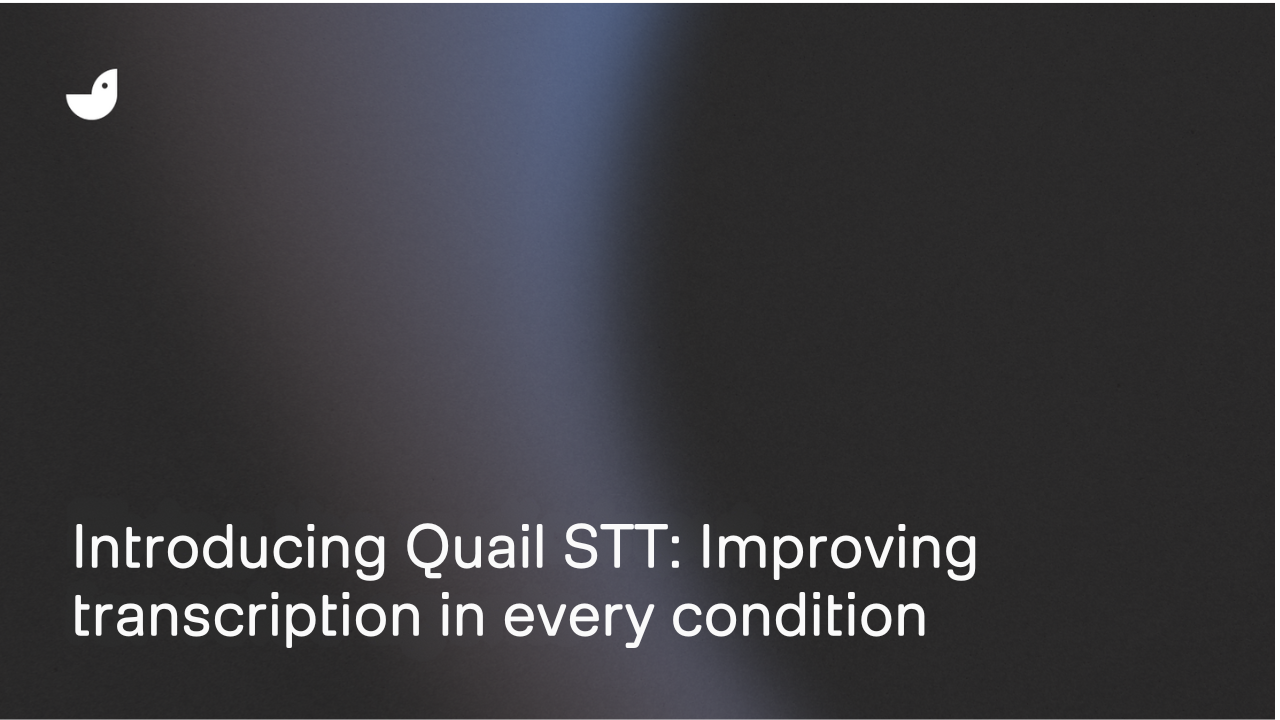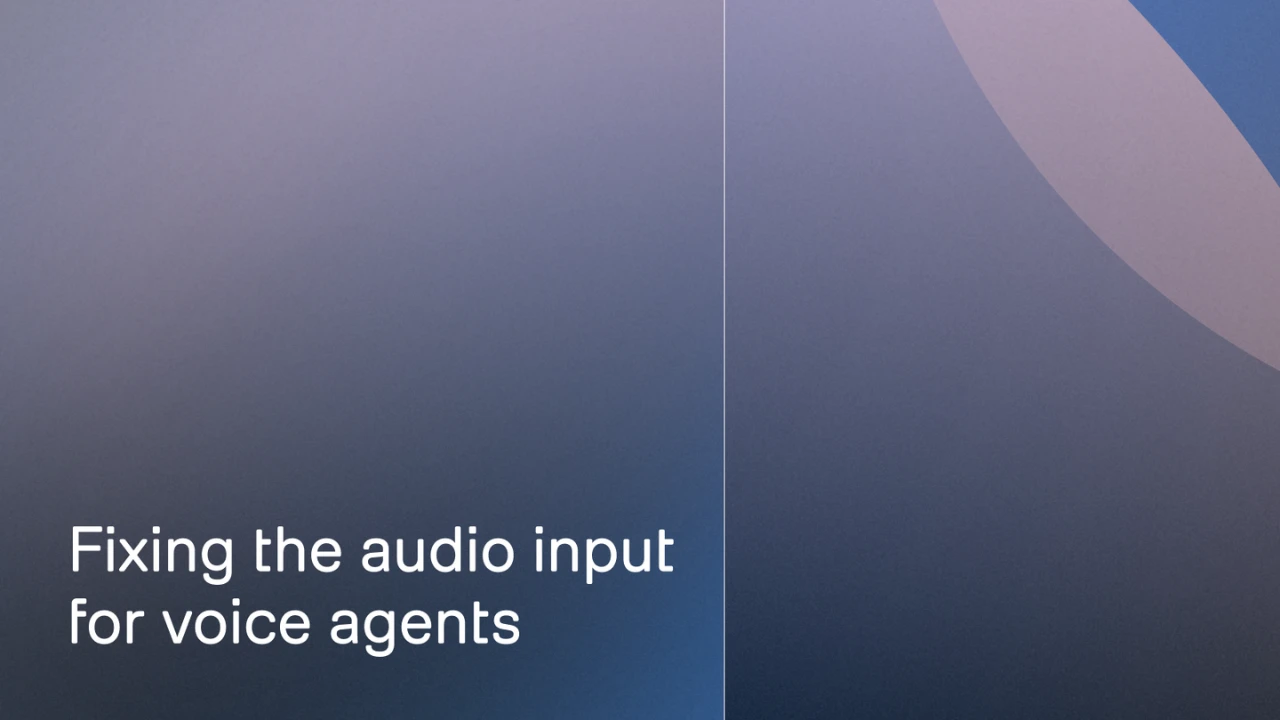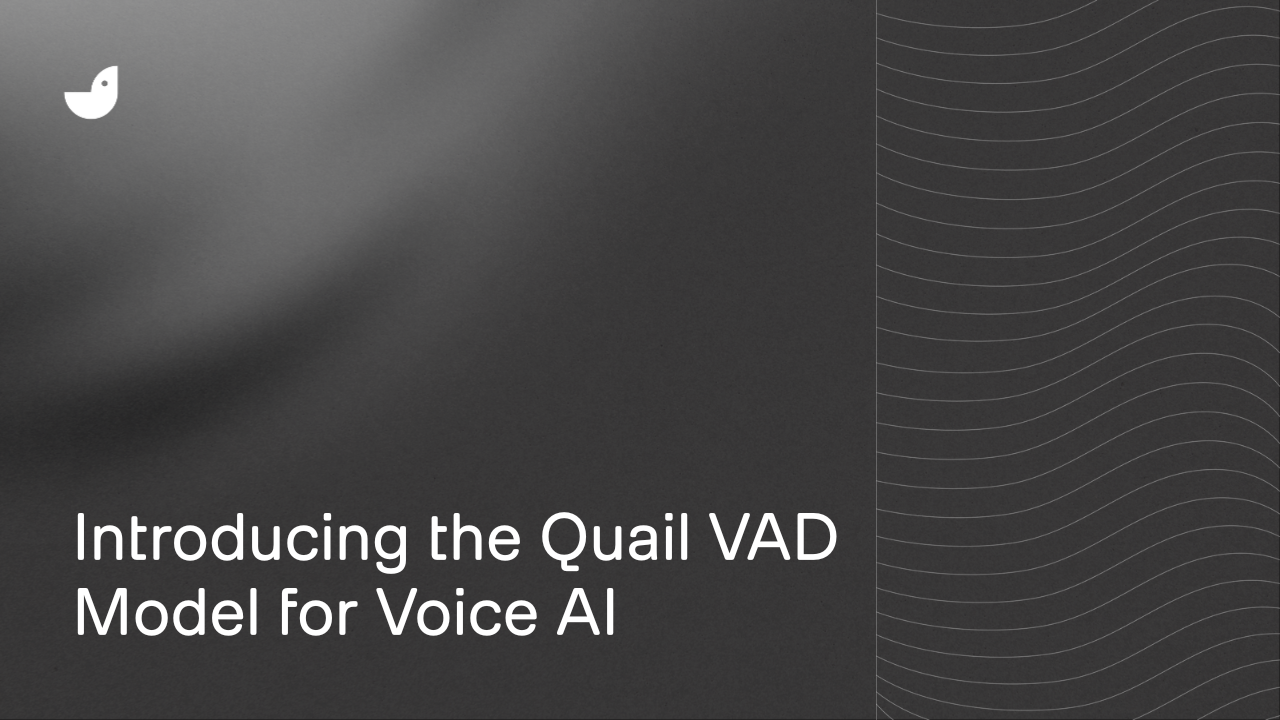Highlights:
- Elgato integrated ai-coustics technology into Voice Focus in less than four weeks
- Hundreds of thousands of Elgato users have access to Voice Focus across 75+ countries
Elgato is a brand creators know and love. Whether you’re a streamer, podcaster, or just someone wanting to sound sharp in meetings, the chances are you’ve come across an Elgato product. From stream decks and microphones to professional lighting and camera solutions, Elgato has built its reputation by enabling users to look and sound their best.
Although their ability to create innovative hardware products may have led to their early success, Elgato’s true strength lies in the deep understanding of the people using its products.
Founded in Germany and now part of the Corsair Gaming group, Elgato works closely with content creators across the world to develop fresh and impactful new features. By championing software and firmware updates that can be rolled out across their product range (like the latest Wavelink 2.0), they increase brand loyalty and prevent their customers from having to continuously spend on new tools.
To learn more about Elgato’s approach and why they decided to bring ai-coustics audio enhancement technology into the mix, we spoke to their Principal Product Architect, Stephan Nöthen.

The challenge: Real-time audio enhancement for every device
For Elgato, delivering a great user experience is non-negotiable and audio quality plays a big part. If you’re a creator used to the challenges of real-life recording, you’ll understand just how much echoes, room reverb and background noise can affect the quality of your work. Even the most professional microphones can’t fully compensate for the challenges of real-life environments. Ultimately, this erodes your audience trust.
As Stephan Nöthen explained, most of Elgato’s users aren’t audio engineers. They know when something sounds off, but they don’t always have the time or tools to fix it. Although other noise-removal solutions like the Nvidia plug-in could deliver powerful results, they are often limited to systems with dedicated GPUs. This leaves many users without an accessible solution.
Elgato needed something more versatile. They wanted real-time audio enhancement tool that worked seamlessly across a range of devices, was easy to implement and delivered high-quality audio every time. That’s where ai-coustics came in.

The solution: Voice Focus powered by ai-coustics
After evaluating several audio enhancement tools on the market, Elgato discovered the ai-coustics SDK. The software development kit enables real-time enhancement of voice recordings by intelligently reducing room resonances, reverb and various forms of background noises.
It uses lightweight machine-learning models optimised for performance. That means creators can enjoy studio-grade audio quality without the need for costly hardware. This was a great fit for Elgato’s customers live streaming in home environments or filming content on the go.
With clear documentation, speedy communication and the ability to interact directly with ai-coustics technical team, Elgato were able to move quickly.
“The adoption process was effortless,” said Stephan Nöthen, Principal Product Architect at Elgato. “It was engineer to engineer on Slack. No bureaucracy. Just real conversations and fast progress.”
The collaboration led to the launch of Voice Focus, a feature in Elgato’s Wavelink 2.0 software update. Voice Focus delivers real-time audio processing that actively reduces distracting room acoustics and background sounds. At the same time, it preserves the timbre and tone of the user’s voice.
For the creator community, this final element was really important. Their voice is a big part of the brand they have built and it’s important that it stays authentic.
- Ease of Use: A user-friendly interface with a simple on/off toggle and a single slider for adjustments if you want to keep some noises in the background.
- Hardware Independence: Unlike previous solutions, Voice Focus does not require specific hardware, making it accessible to a broader user base. It’s available across embedded systems, mobile devices, desktop – even Web Assembly.
- Studio-Grade Quality: ai-coustics’ model was able to deliver high-quality results in real-time due to its advanced machine-learning models and low latency options.
From the first conversations between the teams to final implementation, the process was fast and flexible. This agility allowed Elgato to deliver a highly requested feature to their users without disrupting their core product vision.
The results: Feedback from the creator community
Voice Focus launched as part of Wavelink 2.0 in February, and the response?

If you’d like to test the feature yourself, Voice Focus is compatible with the following Elgato products:
- Elgato Wave:1, Wave:3, and Wave Neo microphones
- Elgato Wave XLR and XLR Dock for Stream Deck +
For many customers, Voice Focus became the standout feature in the Wavelink 2.0 update, even though the release included many other notable improvements.
It’s helped Elgato not only broaden their product offering, but also strengthen their bond with the creator community, solving a core issue many of their users face. The response is so strong, creators are even calling for it in more formats.
Very interesting! Will Voice Focus be converted / made into a VST3 in the future?
— HeIsCarbon🗓️🔜 Space Coast ComiCon🔜 GCX 2025 (@heiscarbon) February 20, 2025
Introducing the Voice Focus VST3
For creators like the one above — the wait is over. As of October 6, 2025, Elgato and ai-coustics have launched the Voice Focus VST3 plug-in. Voice Focus VST3 brings professional-grade audio enhancement directly into any VST-compatible setup. With real-time AI noise suppression, dereverberation, and voice optimization, plus creator-friendly presets for streaming, podcasting, gaming, and voiceovers, the plug-in makes studio-quality sound available to anyone — no Elgato microphone required.
Voice Focus VST3 is optimized for low-latency performance and seamless integration across DAWs and Elgato’s ecosystem. It gives every creator the power of a professional studio, right at their fingertips.
Interested in integrating audio enhancement into your product?
If you’d like to learn more about ai-coustics real-time audio-enhancement capabilities, book a demo with our technical team today.



